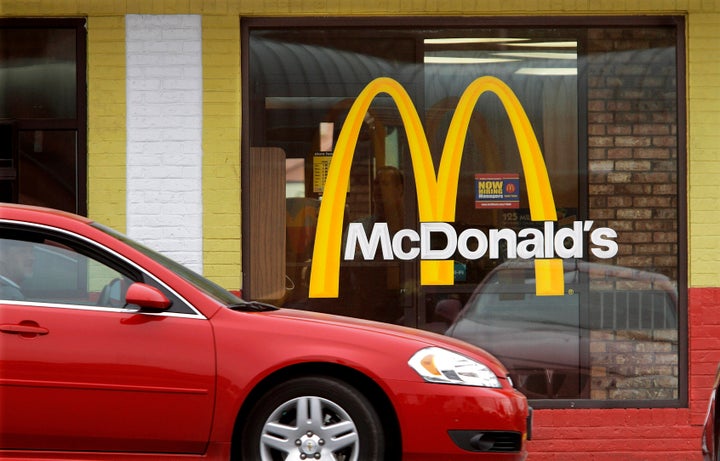
People tend to think of obesity as a problem primarily for the lower class in America. And much of the data bears this out: especially in white and Mexican-American populations, rates of obesity go up as annual income goes down. The correlation isn't as ironclad for black Americans, but there is a relationship at work.
The easiest explanation for this trend is that cheaper food is unhealthy food. Just look at fast food menus! You can get hundreds of calories for a single dollar at McDonald's, for example -- poor people must be eating there, in droves, right?
Not so fast.
A recently-released UC-Davis study of the demographics of fast food shows that the people who eat at fast food restaurants most often aren't poor people, but those in the lower-middle class. Fast food consumption doesn't start to decline until household income hits $60,000. Researchers even found high rates of fast food intake in households making as much as $80,000 or $90,000 a year.
The study cited a few possible explanations for the popularity of fast food in the middle class. Researchers noted that middle class people are often pressed for time, and so appreciate the convenience of things like drive-through windows. And, despite a recent push by the fast food lobby, most food stamp programs still cannot be applied to fast food orders, limiting the amount the 45 million on nutritional assistance can spend at quick service eateries.
The surprisingly upscale demographics of fast food restaurants may also help explain the success of fast food chains like Chipotle, Starbucks and Five Guys over the past few years. These restaurants offer much of the convenience of fast food, with slightly higher prices and significantly better food than their competitors.
